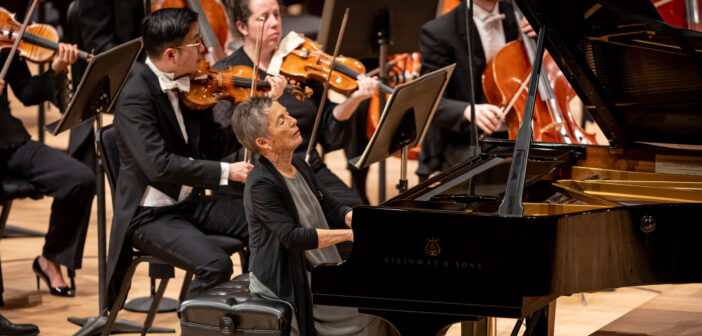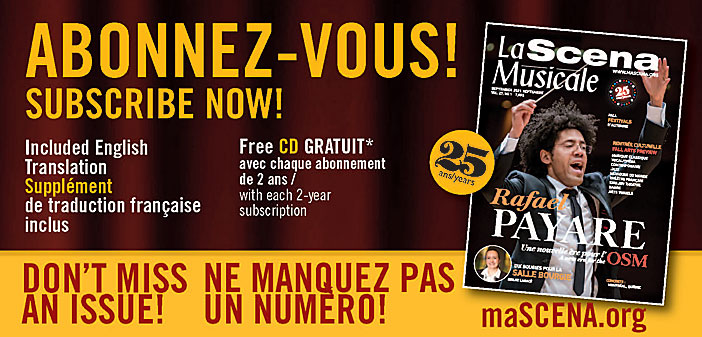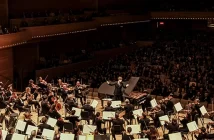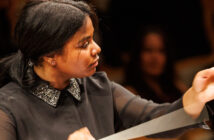Known for her polished technique and sophisticated style, Maria João Pires has garnered international acclaim as a brilliant pianist. For a “retired” musician, she maintains an active performance schedule.
It was such a privilege to watch her step back into the Montréal limelight for this special concert – accompanied by the Orchestre symphonique de Montréal, she filled the Maison Symphonique with a beautiful rendition of Ludwig van Beethoven’s Piano Concerto no. 4 in G major, op. 58. The OSM, conducted by Rafael Payare, also played a double feature highlighting Arnold Schoenberg, in honor of his 150th birthday.
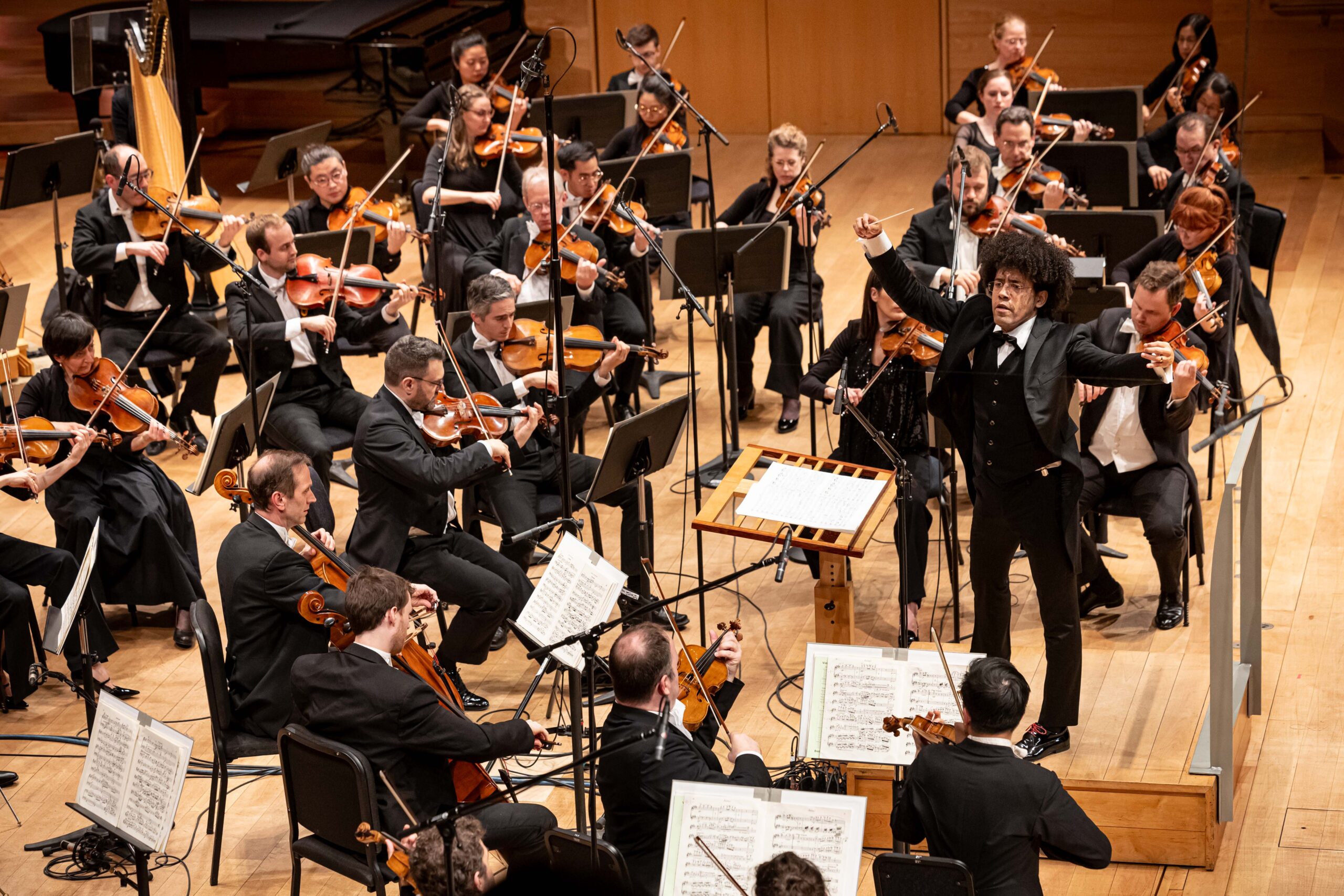
Rafael Payare conducts the Orchestre symphonique de Montreal, photo by Antoine Saito
Born in Lisbon, Portugal, Pires began to perform at a mere four years old. She established the Belgais Centre for the Study of the Arts, created the Partitura Choirs for children from disadvantaged backgrounds, as well as the Partitura Workshops, which aim to create an inclusive and less competitive environment for musicians of different generations.
If there is one word to describe Pires’ playing, it is graceful. She plays calmly with masterful clarity and precision, remaining faithful to the composer. She demonstrated this perfectly with Beethoven’s concerto — very impressive for any pianist, and even more so at the age of 79.
She played the introductory theme with a carefree demeanor, before it was repeated by the orchestra in a new key and passed from section to section. The concerto is complex, containing brisk runs and challenging registral leaps, which require immense concentration and control to execute. Despite the intricate fingering, Pires avoided sounding muddled. Her phrasing is to be praised. She shone in her own way — never hovering longer than necessary, and in fact dropping her hands immediately after solo passages in patient anticipation of her next entrance.
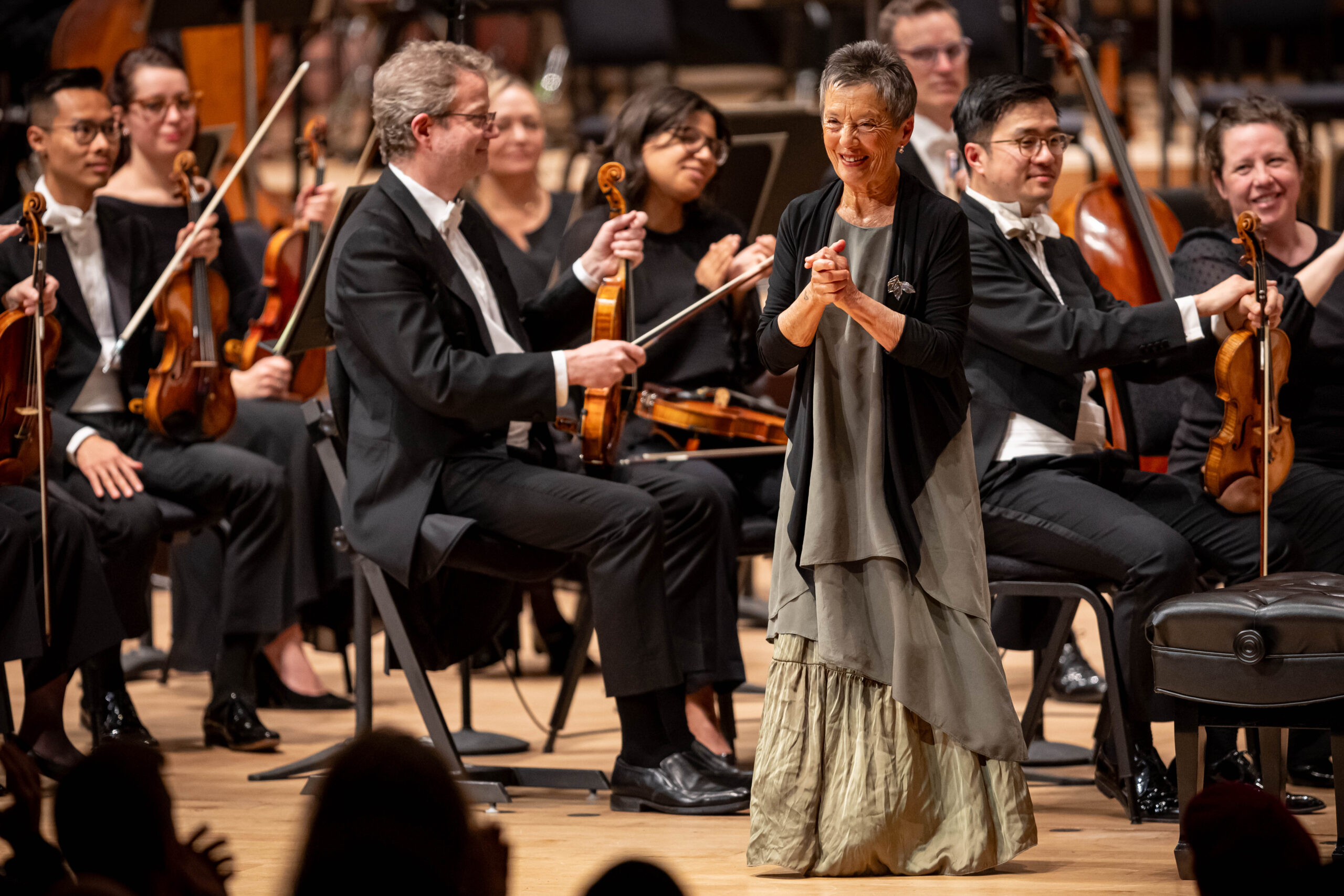
Maria João Pires and the Orchestres symphonique de Montreal, photo by Antoine Saito
The second movement, though Andante, seemed even more passionate to me. The soft piano line was frequently interjected by the strings’ rough timbre — and so they conversed, quiet and brusque. The themes and tones differed and clashed, the orchestra urging the pianist to join its heavier tones. At times it seemed as if the piano stood alone, floating entirely above the orchestra. Though I would have loved to hear more of the complementary horns in the background at the piece’s conclusion, Pires brought it beautifully to a close with rapid arpeggios and finesse.
After well-deserved rounds of applause, she continued with Beethoven, playing the Adagio cantabile movement of his Sonata Pathétique for her encore. Despite Payare’s attempts to let her take the lion’s share of the credit, Pires insisted on towing an amused Payare back to center stage during her final bows.
Payare’s first appearance of the night happened earlier, however, for Schoenberg’s Verklärte Nacht op. 4 — or Transfigured Night, the very piece he first conducted with the OSM back in September 2018.
Originally written for a string sextet, it was interpreted with a much fuller string orchestra, the result a much more lush sound. This late-Romantic piece was controversially based on a scandalous poem by Richard Dehmel, and the music too was subject to controversy upon its publication: it was filled with avant-garde musical concepts such as dissonant harmonies and ‘nonexistent’ inverted ninth chords. The atonality of the piece inspired a sense of disarray, evident in Payare’s dynamic gestures. Payare expertly elicited turmoil from the low strings, and navigated the furious overlapping conversation between melodies, concluding with sweet resolution between the second and third sections. Amidst this chaos, Payare used moments of silence to heighten the drama, before introducing the more lyrical second half of the piece.
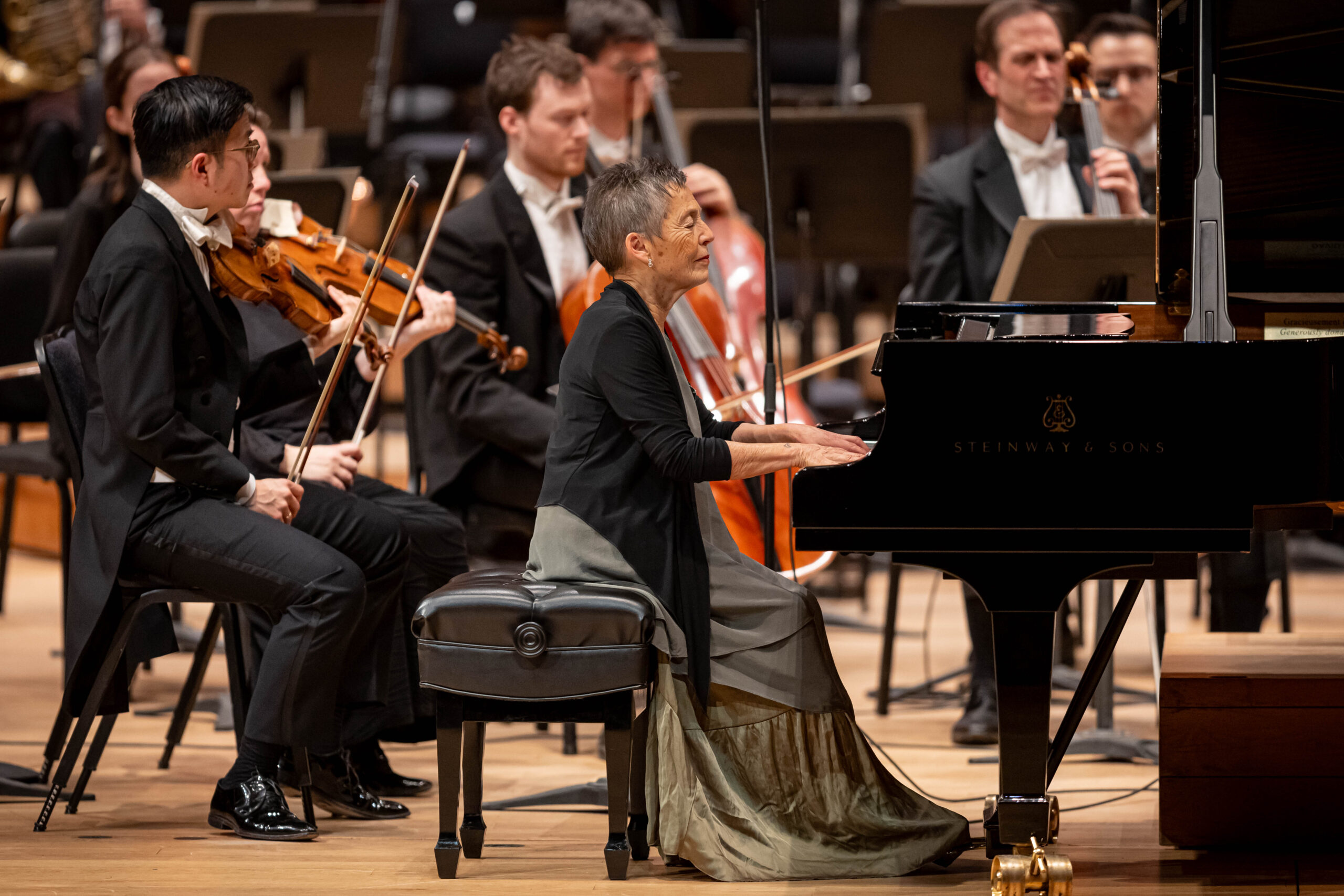
Maria João Pires and the Orchestres symphonique de Montreal, Photo by Antoine Saito
The second Schoenberg piece of the night was yet another tone poem: Pelleas und Melisande, based on Maurice Maeterlinck’s play of the same name. This piece exemplifies Schoenberg’s experimental style while still clinging to the Romantic era. It follows the love story of Pelleas and Melisande, the latter of whom is married to Golaud (Pelleas’ half-brother).
Such a complicated love triangle surely influenced the work’s musical language. Each characters is given their own themes and motifs. Unlike the rest of the evening’s music, this piece featured heavy brass. Horns were often bells up, and much of the brass section — tuba included — was muted to create a metallic sound. Melisande’s three-note chromatic theme was repeated within Pelleas’ motif, and both occasionally battled Golaud’s theme for dominance. The result was a highly polyphonic piece, seemingly cacophonous and dense with frenzied instrumentation that Payare skillfully managed to tame and shape into intentional pandemonium.
It was a treat to be able to indulge in this concert. Payare will undoubtedly continue to carry the OSM to new heights as its Music Director, and Pires clearly isn’t slowing down any time soon. She will continue to shine in her many performances to come.

